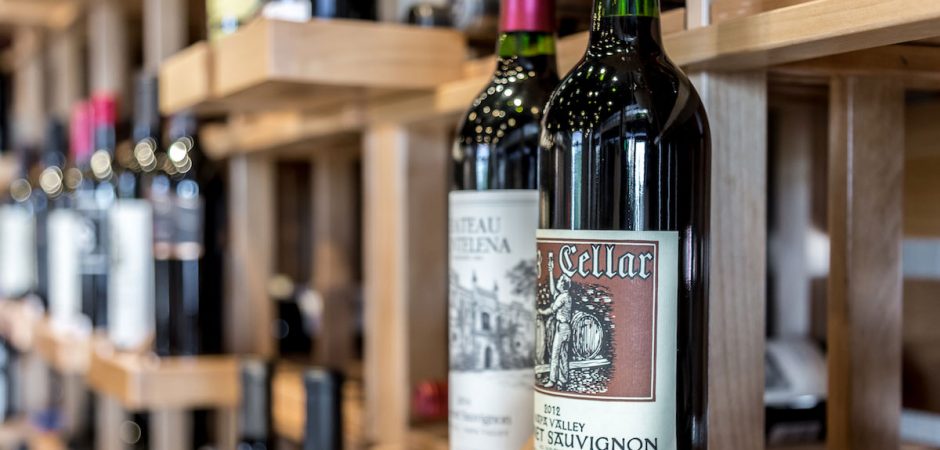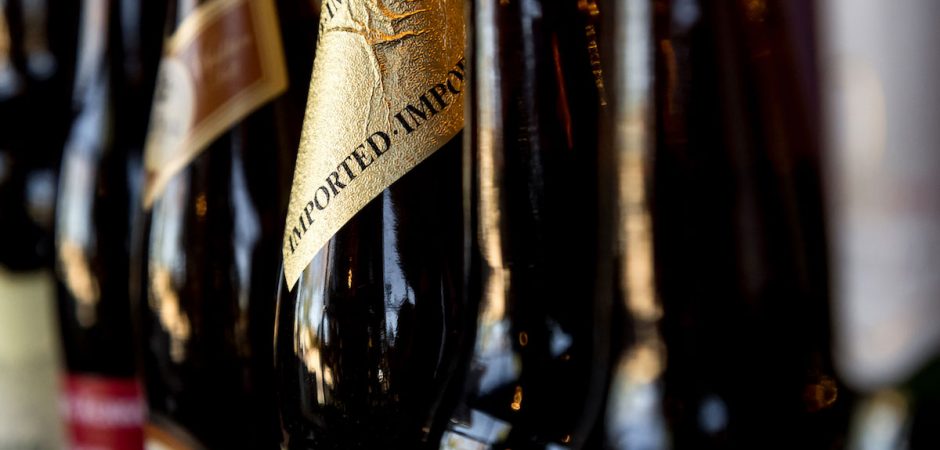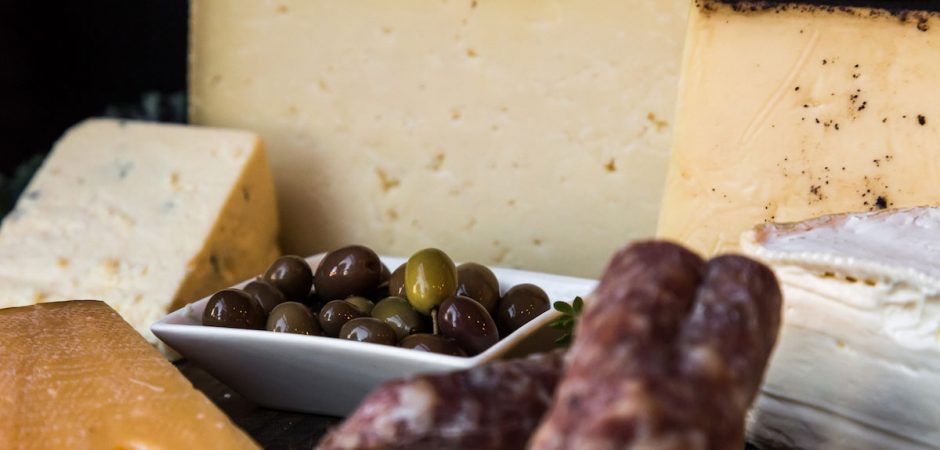Wine Feature – A New Year To Try New Things
New Year’s resolutions can be difficult to make, and even harder to keep up. The gym is the most crowded between January and March, and your fridge will be stocked with healthy food until all of the chocolates you get on Valentine’s Day, but one resolution you can definitely fulfill? Try new things, like new wine!
A New Year Means Time To Try New Things, Like Wine!
It’s a new year and you’re ready for a new you. If you love wine as much as we do, why not make some resolutions that speak to your true passion! Great wine! From wine lover to wine lover, here are a few New Year’s resolutions that we can happily commit ourselves to.
Drink More Wine
Join our Wine Club and you are well on your way to a glass a day. Our clubs are great for those looking to try new items, experience wines from different countries, or even start a wine collection. With two different levels of wine club, you can select the one that fits your desires.
Stop By Our Wine Bar And Sample Our Wines By The Glass
Wine club isn’t the only way to try new wines to keep up on your resolution! Our knowledgeable staff will guide you through each taste and maybe you’ll find a new favorite – or two.
Have Patience, Some Wines Get Better With Age
That bottle you’ve been dying to open? Give it a few more months for a real treat. Or to make it easy just buy two, one to drink and one to cellar. You’ll be pleasantly surprised by how certain wines develop in the bottle.
Switch It Up
Do you usually drink red wine? Explore and treat your palate to a white wine for a change.
Share With friends
From childhood, partners and teachers tell us the same thing again and again – sharing is caring! And, after all, the best way to enjoy your favorite bottle of wine is with a group of friends.
Discover Perfect Pairings
A good meal becomes a great meal with the right wine.
Make More Time For Wine
Don’t chug, sip and savor. Appreciate each sip and learn to taste all the different flavors a single wine can offer – rich tannins intermingling with plum, blackberry, and toasty oak flavors. Or maybe cigar tobacco and raspberry nuances, lingering long after your glass of wine is empty.
In a city like Billings, there are many options to try new things for the New Year, but this resolution will not only be satisfying to your taste buds, but will also broaden your wine knowledge and bring out your inner sommelier to impress all of your friends and family.





